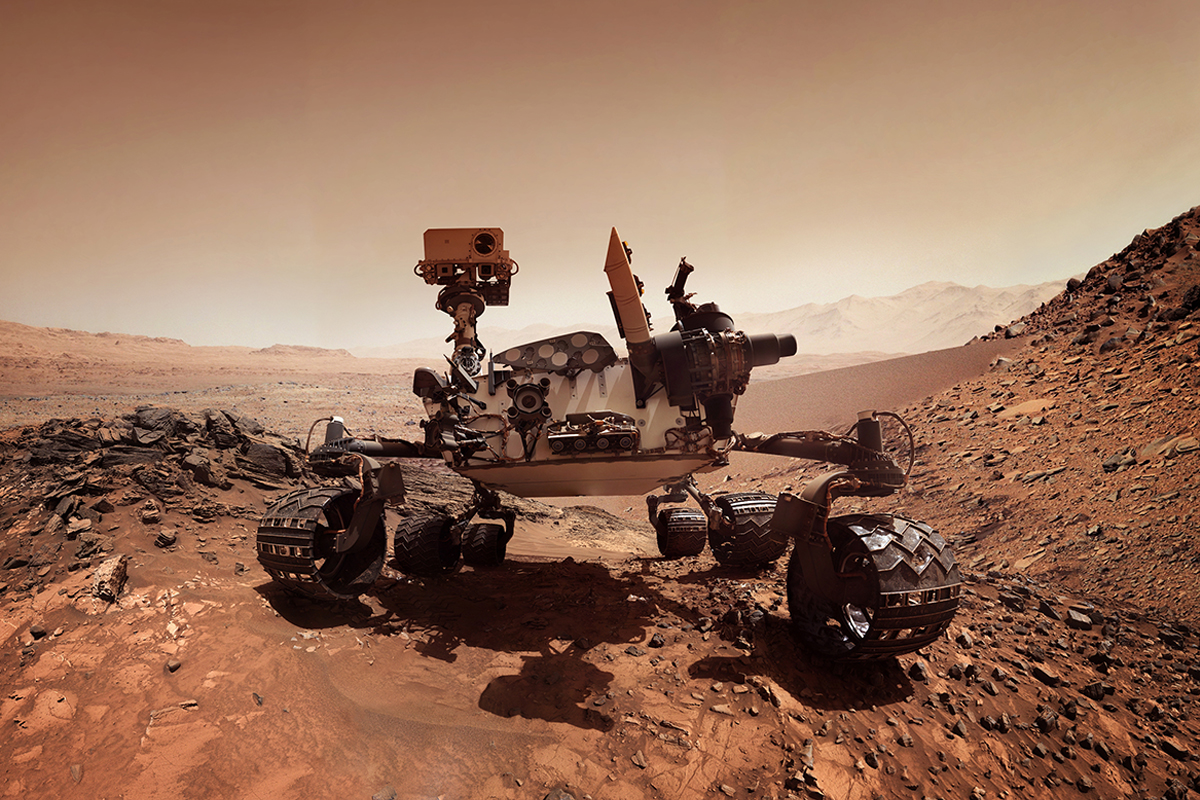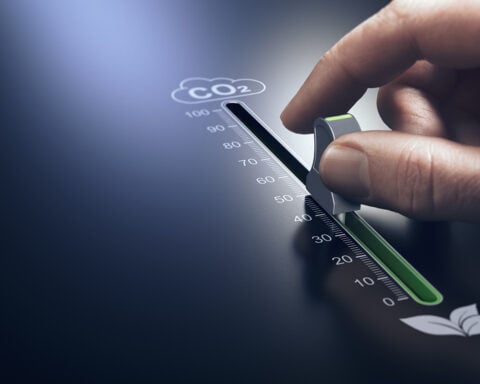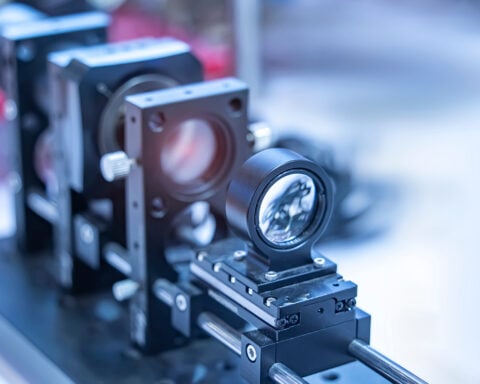In a groundbreaking achievement on the Martian frontier, NASA’s Mars Perseverance rover has successfully generated life-sustaining oxygen from the planet’s thin, unbreathable atmosphere.
This remarkable feat was made possible by a cutting-edge instrument known as MOXIE, and the results have surpassed all expectations.
Generating Oxygen on Mars: MOXIE’s Triumph
MOXIE, short for the Mars Oxygen In-Situ Resource Utilization Experiment, is a microwave-sized device that has captured the imagination of space enthusiasts worldwide. Since Percy, as the rover is affectionately nicknamed, touched down on the Red Planet, MOXIE has been operating flawlessly.
This instrument has produced an impressive 122 grams of oxygen since its inception in 2021, churning out approximately 12 grams of oxygen per hour. To put it into perspective, this quantity of oxygen is adequate to sustain a small dog for approximately 10 hours – a revelation that demonstrates MOXIE’s capacity to support not just human missions but potentially future canine astronauts as well.
NASA had set an initial target for MOXIE, aiming to produce a specific quantity of oxygen. Surpassing this goal, the instrument has delivered oxygen at an astonishing 98% purity. This achievement has far-reaching implications for future Mars missions and humanity’s prospects of living on the Red Planet.
Innovative Technology for Mars Exploration
MOXIE operates through an electrochemical process that separates carbon dioxide molecules from Mars’ atmosphere into oxygen and carbon monoxide molecules. These gases are then carefully analyzed to ensure both purity and quantity of the generated oxygen.
This capability is a monumental step forward because it enables astronauts to manufacture vital oxygen and fuel resources directly on Mars, eliminating the need to transport all essential supplies from Earth.
Paving the Way for Mars Exploration
The success of MOXIE signifies the feasibility of in-situ resource utilization (ISRU) on Mars – a technique that involves utilizing local materials to sustain life. As Michael Hecht, MOXIE Principal Investigator from MIT, noted, this achievement has not only inspired the ISRU community but has also influenced the burgeoning space resources industry.
Looking ahead, the concept of ISRU could be scaled up to create a full-fledged system with an oxygen generator like MOXIE and a means to store the produced oxygen. This is a pivotal development as it could potentially support prolonged human missions to Mars and beyond.
Pioneering Mars Exploration Through Oxygen Generation
MOXIE’s triumph marks a significant leap forward in humanity’s quest to explore and eventually inhabit Mars. By proving that we can generate oxygen on the Red Planet, NASA has opened the door to a future where astronauts can rely on local resources, fundamentally altering the logistics of interplanetary travel.
With each successful experiment, MOXIE brings us one step closer to making Mars a more accessible and sustainable destination for future generations of explorers.







